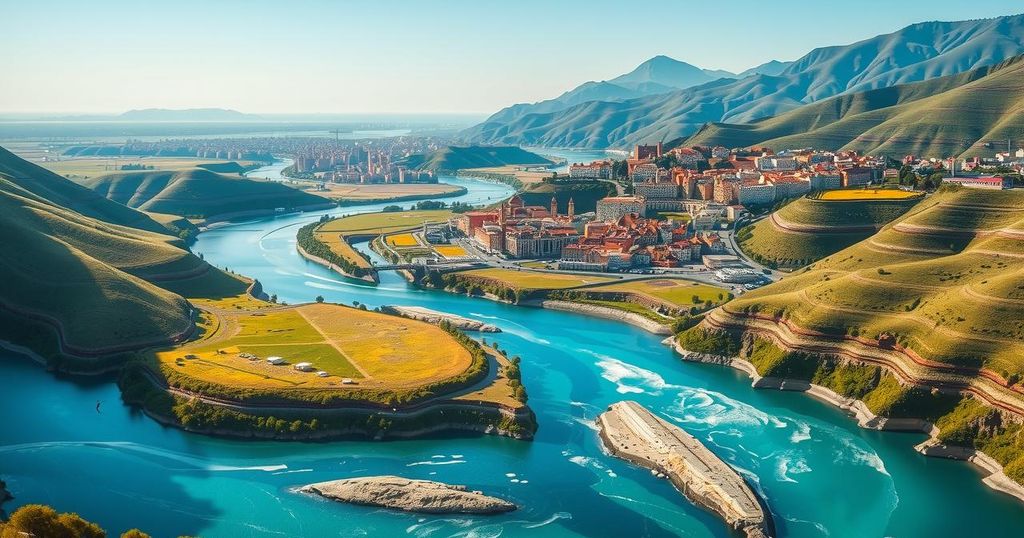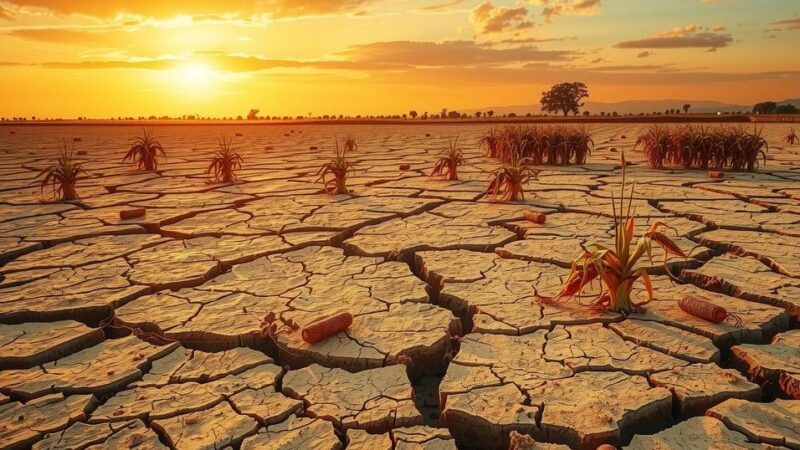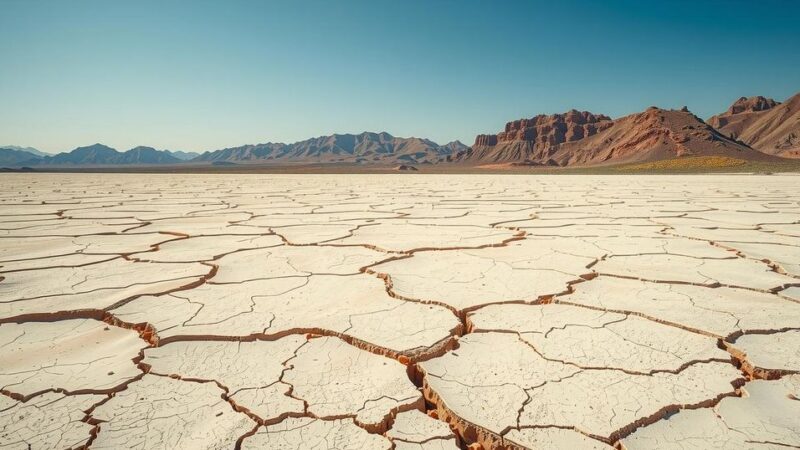Morocco’s “water highway” diverts water from northern rivers to address shortages in southern cities, having invested $728 million in the project to serve Rabat and Casablanca. Officials claim it has averted a crisis for 12 million residents, but experts express concerns about the sustainability of water sources due to climate change and prolonged droughts, urging for further investment in alternative solutions.
Morocco is allocating substantial resources towards a large-scale project to address water shortages in southern cities by diverting surplus water from northern rivers. So far, $728 million has been invested in the “water highway,” which aims to supply drinking water to Rabat and Casablanca. Plans are also in place to extend service to Marrakesh by tapping additional northern water sources.
Officials report that this initiative has successfully prevented immediate water crises for around 12 million people. Mahjoub Lahrache, a senior agriculture ministry official, stated, “Transferring surplus water from the Sebou basin in the north allowed us to prevent about 12 million people from running out of water.” This urgency was highlighted in late 2023 when Rabat faced a near-crisis as its main reservoir ran dry.
Historical data indicates a significant rainfall disparity in Morocco, with Water Minister Nizar Baraka noting, “Fifty-three percent of rainfall occurs in just seven percent of the national territory”. Traditionally, northern rivers benefited from excess rainfall, but the new system is designed to capture this surplus before it flows into the ocean, utilizing a diversion dam in Kenitra and a 67-kilometre underground canal.
Since its inauguration in August, the “water highway” has reportedly supplied over 700 million cubic meters of drinking water to the urban centers. However, doubts persist regarding the sustainability of the water surplus from northern rivers due to ongoing drought conditions. Morocco currently experiences severe water stress, with annual supplies plummeting from 18 billion cubic meters in the 1980s to only five billion today. Despite some rainfall in early March, the effects of a six-year drought remain pronounced.
Experts point to climate change as a major risk factor, with significant regions anticipated to see diminished rainfall as temperatures rise. Nabil El Mocayd, a researcher, warned that “Future scenarios indicate that northern water basins will be significantly more affected by climate change…What is considered surplus today may no longer exist in the future due to this growing deficit.”
With over a third of the workforce in agriculture, the demand for irrigation water is high, stressing the need for improved irrigation techniques for farmers. Researcher Abderrahim Handouf claims the “water highway” is a temporary solution but emphasizes the critical need for investment in desalination plants to ensure a sustainable water supply for urban areas.
The implementation of Morocco’s “water highway” has facilitated immediate water supply solutions for key urban areas, reflecting the urgency of the country’s ongoing drought crisis. However, sustainability concerns arise in light of changing climate conditions that threaten to undermine water availability from northern rivers. Strategic investments in water management technologies, including desalination, and the promotion of efficient irrigation practices for agriculture, are essential to address both current and future water needs in the region.
Original Source: www.swiowanewssource.com






